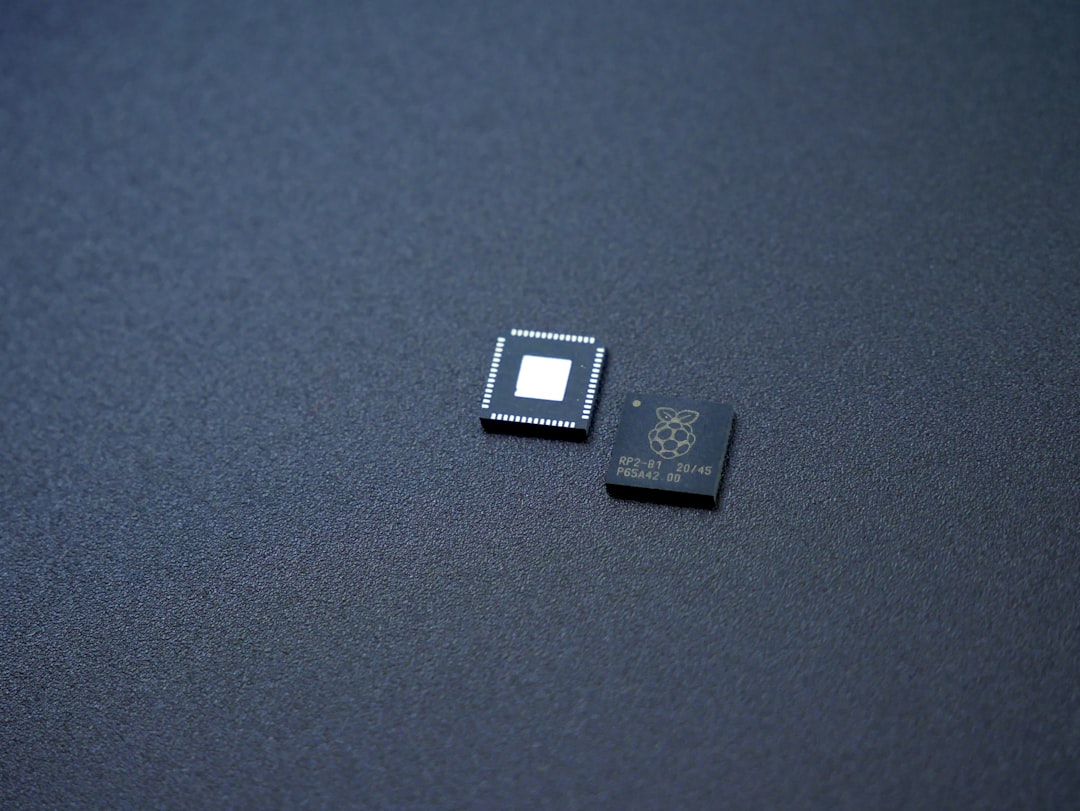
The AI semiconductor ecosystem is at the forefront of technological innovation, with the market poised for rapid growth due to increasing demand for artificial intelligence (AI) applications. The rise of AI, machine learning, and deep learning technologies is pushing semiconductor companies to continuously innovate in order to meet evolving computational needs.
Current State of the AI Semiconductor Market
Increasing Demand for AI Hardware
The demand for AI chips, such as Graphics Processing Units (GPUs), Application-Specific Integrated Circuits (ASICs), and Field-Programmable Gate Arrays (FPGAs), is surging. These chips are crucial for handling the massive computational requirements of AI tasks, such as natural language processing, image recognition, and data analysis.
NVIDIA, AMD, and Intel continue to dominate the AI semiconductor space, with NVIDIA leading the GPU market, which is critical for AI workloads.
Rise of AI-Specific Chips
Beyond traditional GPUs, semiconductor companies are now developing AI-specific chips that cater to highly specialized tasks. Google’s Tensor Processing Unit (TPU) and Tesla’s custom AI chips are examples of firms building bespoke hardware optimized for their AI systems, which highlights the shift toward more specialized semiconductor solutions.
Challenges Facing the AI Semiconductor Industry
Supply Chain Constraints
The ongoing global semiconductor shortage has created significant hurdles for manufacturers. The demand for AI chips often outpaces supply, leading to bottlenecks in production. This has pushed companies to reassess their supply chains and invest in expanding manufacturing capacity.
Geopolitical Risks
The semiconductor ecosystem faces risks from geopolitical tensions, particularly between the U.S. and China. With increasing restrictions on semiconductor technology exports, companies are re-evaluating their supply chains to mitigate dependency on foreign manufacturing hubs.
Future Trends in the AI Semiconductor Ecosystem
Expansion of AI in Data Centers
AI is rapidly being integrated into data centers, requiring powerful chips to manage workloads. The growing reliance on cloud computing, paired with AI-driven applications, will further increase the need for high-performance semiconductor solutions.
AI at the Edge
Edge computing is emerging as a key growth area for AI semiconductors. Chips optimized for AI at the edge—such as in IoT devices, smart cameras, and autonomous vehicles—will play an increasingly important role, allowing for faster decision-making by processing data locally rather than relying on cloud infrastructure.
Increased Competition and Innovation
As demand for AI chips intensifies, competition will drive further innovation in chip design and efficiency. Companies will invest heavily in research and development, seeking breakthroughs in chip architectures and materials that can reduce power consumption and increase performance.
Conclusion
The AI semiconductor ecosystem is poised for significant growth as AI applications continue to proliferate across industries. However, supply chain challenges and geopolitical risks remain key obstacles. As companies work to meet the surging demand for AI-specific hardware, innovation in chip design and manufacturing processes will be essential in shaping the future of the ecosystem.

